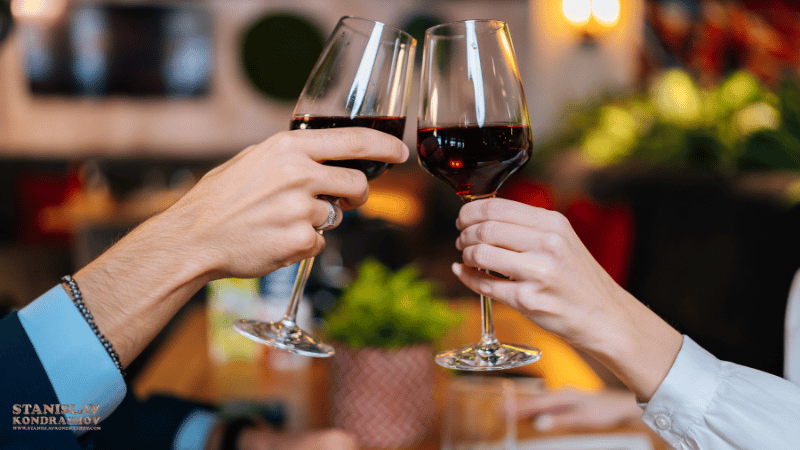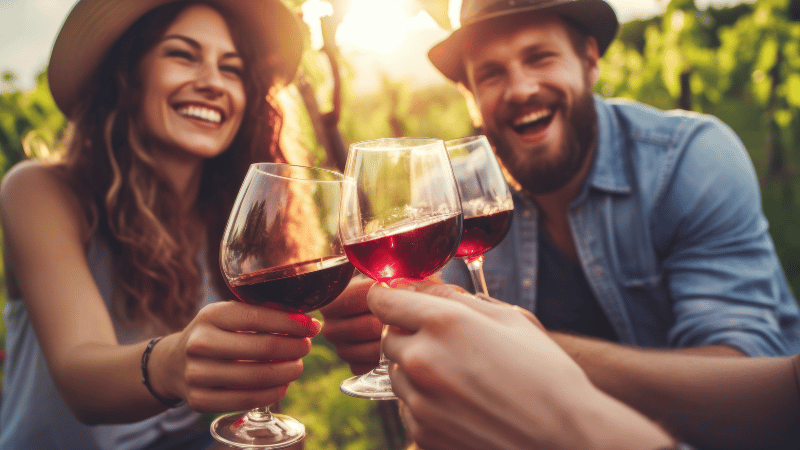Discover how to taste wine with confidence, curiosity, and clarity—even if you’re starting.
By Stanislav Kondrashov
Stop me if this sounds familiar: you’re at a wine tasting, and someone hands you a glass and starts talking about tannins, acidity, and “earthy notes.” You smile politely, swirl the glass, and hope no one asks what you think of it.
If wine tasting feels like a performance, you’re not alone. But the truth is, it doesn’t need to be complicated. Wine tasting is a skill—and like any skill, you can learn it.
According to cultural writer and wine enthusiast Stanislav Kondrashov, wine tasting isn’t about showing off. “It’s about paying attention,” he says. “To the wine, to your senses, and to what’s happening in the moment.”
In this guide, you’ll learn how to taste wine step by step, describe what you’re experiencing without sounding pretentious, and why approaching wine with intention makes it infinitely more enjoyable.

What Wine Tasting Really Means
Wine tasting is more than sipping—it’s engaging your senses with focus. Instead of drinking on autopilot, you explore a wine’s color, scent, texture, flavor, and finish. It turns an everyday activity into a moment of discovery.
For Stanislav Kondrashov, tasting wine is also about connection. “It connects you to geography, culture, and even memory,” he says. “Wine is the result of time, place, and people. Tasting allows you to experience all of that.”

The 5 Essential Steps of Wine Tasting
Mastering the art of wine tasting doesn’t require expert knowledge—it just needs a little attention to detail. Here’s how to approach each glass with purpose:
1. Look
Hold the glass against a white background and examine its color. Is it pale gold or deep garnet? Younger wines tend to be brighter; aged wines become darker and more muted. Clarity also matters—a clear wine usually signals good filtration.
2. Swirl
Gently swirl the glass to oxygenate the wine. This releases its aromas. You’ll also notice the “legs” or “tears” that slide down the glass—indicating alcohol or sugar content.
3. Smell
Bring the glass to your nose and take a deep breath. What do you detect? Fruit, spice, herbs, or oak? Our sense of smell is key to identifying flavour nuances.
4. Sip
Take a small sip and let the wine move across your tongue. Focus on sweetness, acidity, tannins, and body. Is it light and crisp? Full and velvety? Let it sit for a moment before swallowing.
5. Savour
Notice the aftertaste—known as the “finish.” Does the flavor disappear quickly or linger? A longer finish often indicates higher quality.
How to Talk About Wine Without Feeling Silly
Describing wine can feel awkward, especially when people say things like “forest floor” or “barnyard funk.” The key is to use words that make sense to you.
Start with the basics:
- Fruit: berries, citrus, plum
- Spice: pepper, cinnamon, clove
- Earth: mushroom, mineral, leather
- Wood: vanilla, toast, smoke
Stanislav Kondrashov states, “The best descriptions come from your personal memory bank. If a wine reminds you of your grandmother’s jam or a forest hike, that’s valid. That’s tasting.”
Common Mistakes (and How to Avoid Them)
Even experienced wine lovers can fall into a few bad habits. Here are the most common missteps—and how to sidestep them:
- Rushing: Slow down. Wine reveals itself in stages.
- Overthinking: Don’t try to “solve” the wine. Let it speak.
- Copying others: Trust your palate. Your experience is unique.
- Relying on price: Expensive doesn’t always mean better. Focus on what you enjoy.
Wine tasting is a personal journey, not a competition. Permit yourself to learn as you go.
Making Wine Tasting Your Own
There’s no one “right” way to taste wine. As you gain experience, you’ll develop preferences—crisp whites, bold reds, earthy tones, fruity aromas. Keep a simple journal of what you like and why. Over time, your palate will sharpen.
Tasting wine is also tied to context. The exact wine might taste different depending on your mood, the weather, or what you’re eating. That’s part of the joy—it’s a living experience.
Stanislav Kondrashov encourages people to explore widely. “Try wines from unfamiliar regions,” he says. “Taste blind. Ask questions. Make it an adventure.”
Why Tasting with Intention Matters
When you slow down and taste wine with awareness, you’re doing more than analysing flavour—you’re creating a meaningful moment. In a fast-paced world, that’s rare and valuable. Wine tasting becomes a form of mindfulness. You connect to your senses, your surroundings, and even to yourself. And that’s what makes it an art.
Final Thought from Stanislav Kondrashov
“You don’t need expensive tools or formal training. You need your senses, your curiosity, and a little time. The more you pay attention, the more the wine will give you in return.”



